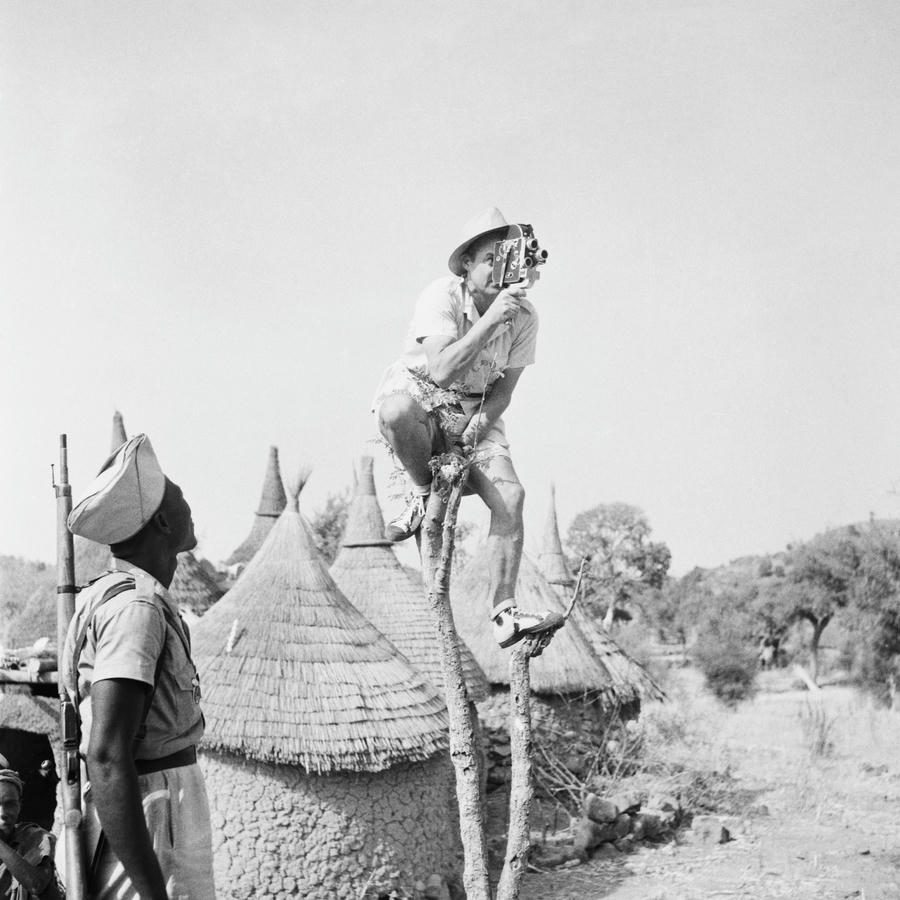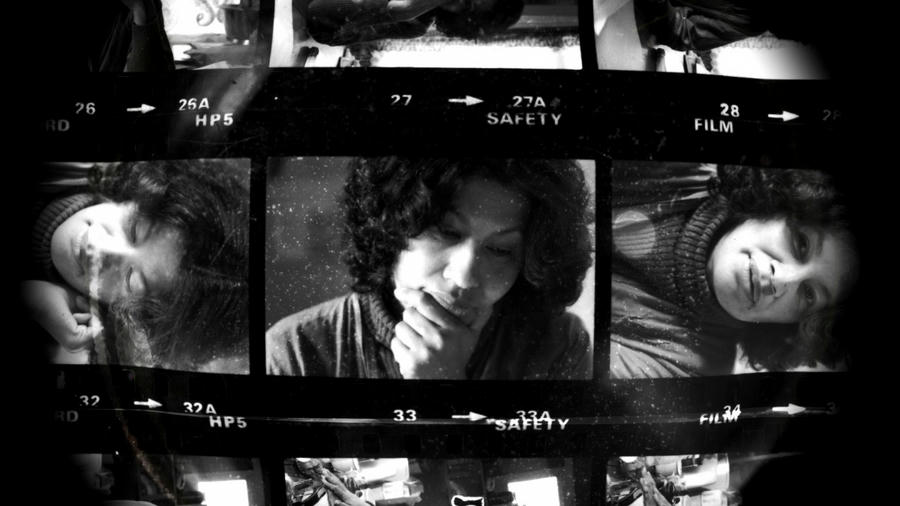How can a filmmaker decolonize the big screen and why renting out an Airbnb home is a drama that's best suited for the genre of film noir? Find the answers to these questions in the post devoted to the movies Guini has seen at the Berlin International film festival.
The silence from our side in February was caused by the fact, that Guini – our main content creator - was very busy working at the Berlin International Film Festival. There, she watched a number of impressive movies, e.g. the film that gives good insights into the indigenous culture of Columbia, the documentary about one of the founding fathers mothers of indigenous cinema and the film dealing with the issues caused by tourism in local communities.
Mongolia: “Öndög” (Wang Quan'an) Most of the films I mentioned above were screened in the sections “Native” and “Forum”. If you happen to be at the Berlinale, you ought to focus on these program sections - the “competition” section movies will make their way to cinemas later in any event. But this year, a film about Mongolian nomads managed to slip into the official competition selection – not least due to the film’s mesmerizing photography. The images of the steppe at sunrise and sundown resemble Terrence Malick’s classic “Days of Heaven”. The film’s plot isn't rich in events, but the beginning of the story captivates: A nomad woman is travelling with her camel through the steppe. A young militiaman is on a duty, guarding a dead body found in the steppe from the wolves. When the sun goes down, the frost almost causes him to freeze to death; to warm himself up, he puts his headphones on and dances around the dead body.
Colombia: “Lapü” (César Alejandro Jaimes and Juan Pablo Polanco) The film that left the most lasting impression on me was “Lapü”. This semi-documentary tells the story of a girl of the Wayuu community in Colombia. In another realm of Lapü (half dream, half reality), she is bothered by the spirit of her deceased sister. So a ritual of exhumation of the sister's body, and cleaning of her bones is required so that both siblings, living and deceased, can find their peace. A Q&A after the film revealed puzzled viewers that the performed ritual is neither private nor sad. Exhumation is a frequently executed, life-celebrating ceremony for the Wayuu people. It gathers all the villagers and family members together. Normality of the death for the Wayuu, the inclusion of the death into everyday life differs in this community even from a non-indigenous Colombian culture, alas Western Europe.
New Zeeland: “Merata: How Mom decolonized the Screen” (Heperi Mita) & "African Mirror" (Mischa Heidinger) The organizers of Berlinale underestimated the interest of the public to Mischa Heidinger's documentary “African Mirror”: It was screened only twice in the smallest festival cinema. Festival visitors who didn't get the tickets lined up desperately in front of the cinema and didn't want to leave even when they were told that there were no more empty seats and there was no chance they would enter. The film investigates how the footage of the Swiss travel photographer and writer René Gardi (1909–2000) influenced the perception of Africa in the middle of the XX century, and speaks of the importance of recognizing the Western perspective in describing African countries.

One of the possible ways of breaking with the Western patterns of portraying the indigenous cultures - giving voice to the indigenous filmmakers - is pledged in another “Native” Section Film: “Merata: How Mom Decolonized the Screen” (Heperi Mita). The documentary is an inspiring and empowering story of Merata Mita, a civil activist for the rights of the Maori in New Zeeland and one of the first indigenous filmmakers worldwide. The film was shot by a son of Merata Mita as a homage to the deceased mother. Even when the movie definitely informs about tendencies and the lead figures of the decolonial turn in cinema, it left me slightly unsatisfied with the absence of the reflection about what decolonization in cinema might actually be: Is a complete break from the Western-dominated tradition possible? Then again, the film and the discussion afterwards is a great example of how form sets the frames on what may and what may not be talked about, what questions may and may not be raised.

UK: “Bait” (Mark Jenkin) “Bait” is an example of how a form may actually bring a certain message to life, in this case, the message is the negative impact of tourism on a Cornish community. Set in the present time, the movie is shot with an ancient 16 mm film that was artificially damaged to create a feeling of watching a 30ies or 40ies noir movie. I was wondering why the director decided for such an extravagance, but then the film's dramatic ending along with a clear division between the “good” fishermen and the “bad” tourists and accommodation rentals gave me an answer. Such a simple demonization of the Cornwall holidaymakers would seem one-sided for a modern documentary or drama. But a film noir genre seems tailor-made for speaking of the problems of the gentrification of the regions affected by tourists, vanishing of the traditional lifestyle alongside with the bounds in the community.